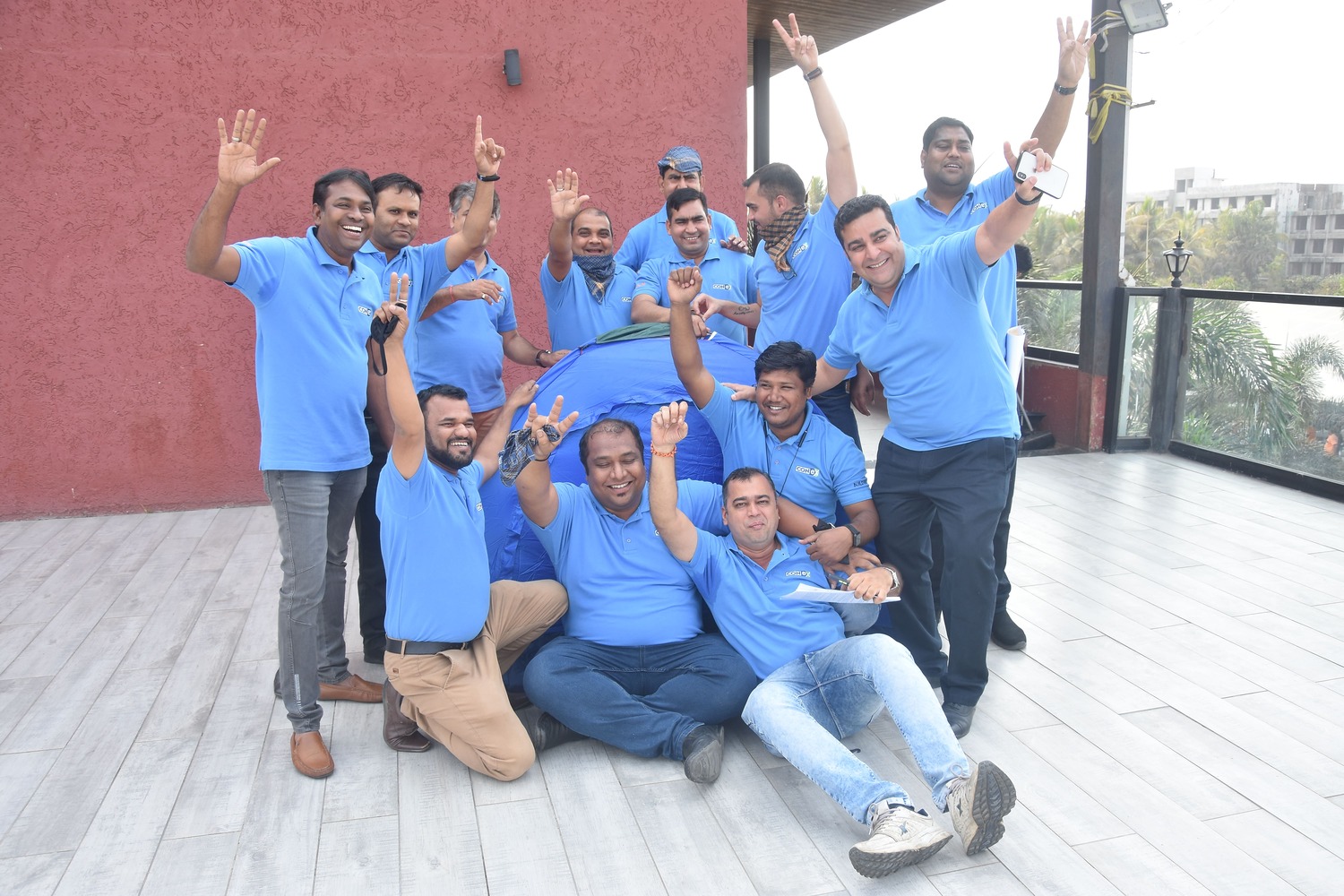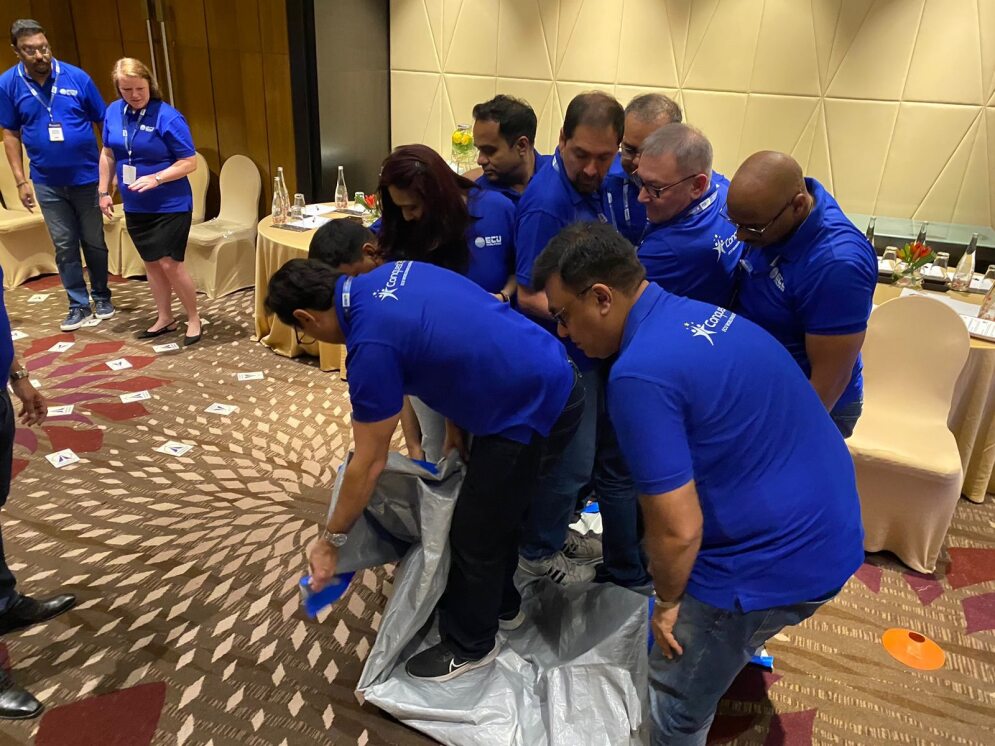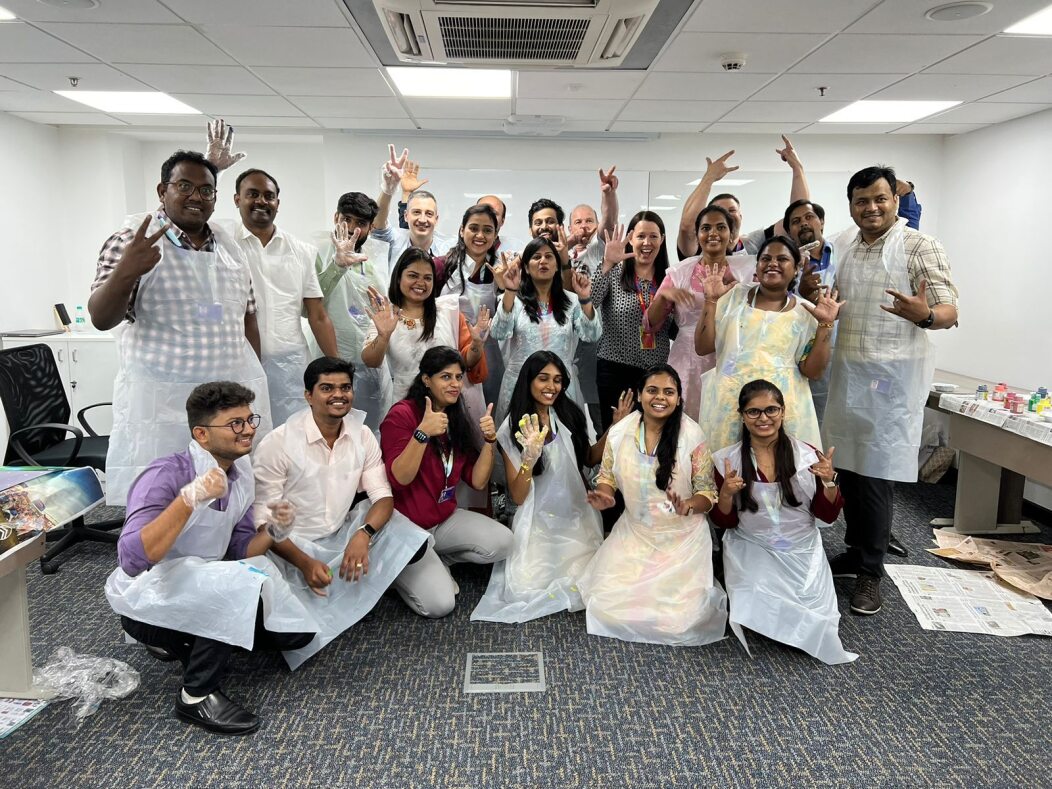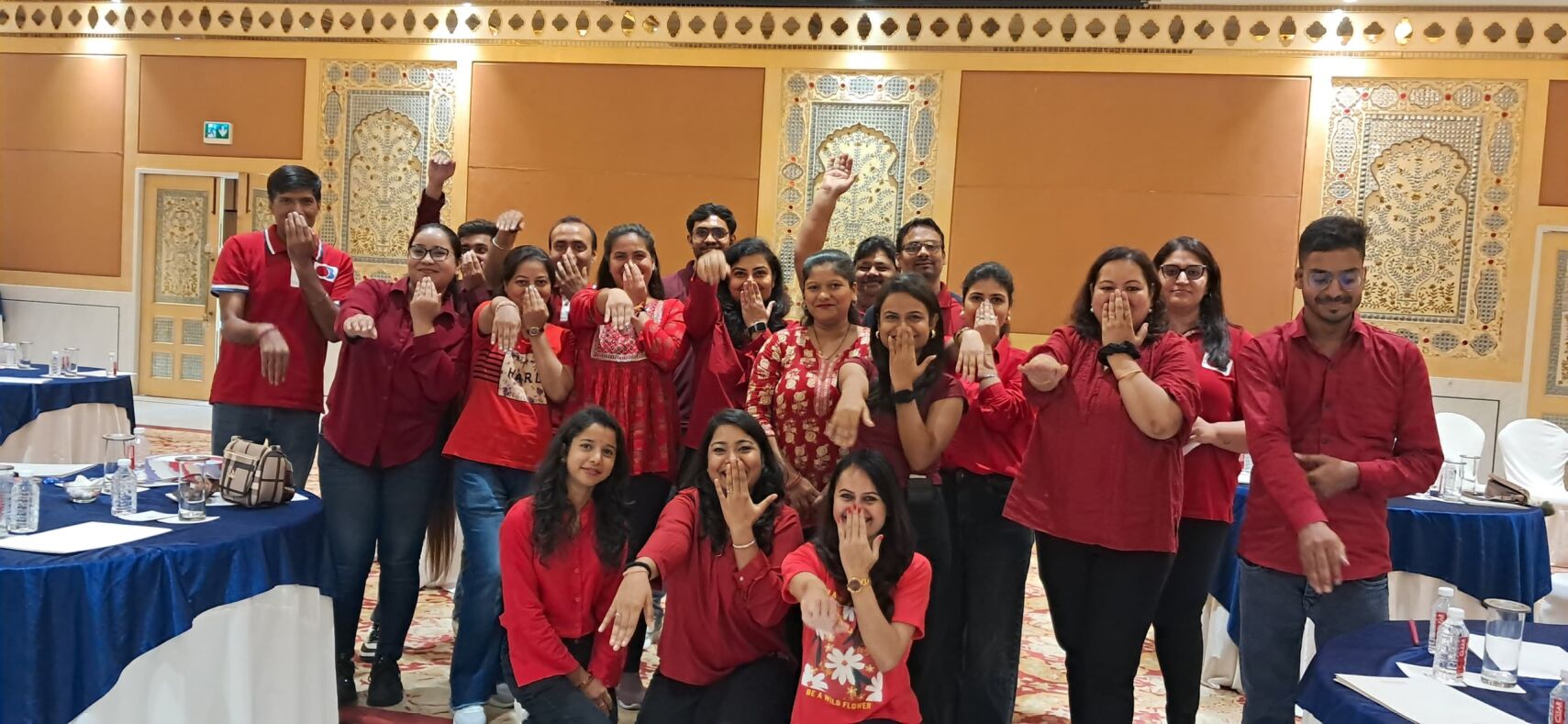
Creating a high-performing team doesn’t just happen. It takes effort, intentional design, and shared experiences that bring people together. That’s where team-building events come in.
Whether you’re managing a startup, scaling a remote team, or looking to strengthen connections in a large organization, learning how to plan a team-building event can make a significant impact on productivity, morale, and employee satisfaction.
In this blog, we’ll explore the complete step-by-step process, going far beyond generic tips. You’ll learn how to design great team-building events with lasting results while using your budget and time wisely.
Before booking a venue or choosing activities, start with the purpose. A well-defined objective is the cornerstone of all corporate team-building events.
Let’s break down how to define that goal:
Are you looking to improve communication between departments? Reinforce a recent cultural shift? Celebrate a project milestone?
Example: After a company restructure, your objective might be “Help cross-functional teams build familiarity and trust in a relaxed, collaborative setting.”
Clarity here ensures the event aligns with business needs and avoids feeling like a time-waster.
Different teams have different needs. Is this for senior leadership, a specific department, or the whole company?
Example: A sales team might benefit from competitive challenges, while HR may prefer activities centered around empathy and listening.
Choose measurable metrics for each goal:
This provides a means to assess ROI and iterate for future events.

One of the biggest mistakes in team building is assuming everyone enjoys the same kind of activity. Understanding your participants deeply is essential.
You may have employees in their 20s and others in their 60s. Some individuals may have physical limitations or face cultural norms that affect their participation.
Pro Tip: If your event includes physical activities like hiking or team sports, ensure you provide alternatives for those who may not be able to participate due to medical or cultural reasons.
Extroverts often enjoy high-energy group games, while introverts may prefer smaller group discussions or creative problem-solving.
In a personality-diverse team, include both active and quiet activities. For instance, follow an energizing relay race with a reflective team debrief or journaling session.
Gauge interests by running anonymous surveys asking about hobbies or preferred activities. If 70% of the team expresses interest in a mystery challenge, consider a murder mystery or an escape room challenge. By tailoring your event to who your employees really are, you’ll get higher engagement and better outcomes.
Now that you know your goals and your team, pick the right type of team-building event. Here’s how to choose based on context, with full explanations of each type:
Activities like obstacle courses, hiking, or scavenger hunts require physical cooperation and trust. They’re great for breaking down formal barriers.
For example, A rope course requires teammates to encourage and support each other, fostering trust outside traditional work roles.
Best for: Teams needing stronger interpersonal bonds or recovering from internal conflicts.
These include escape rooms, murder mystery games, and strategy-based competitions. In an escape room, small groups are “locked” in a themed environment and must work together under time pressure to solve puzzles and find clues.
Best for: Analytical teams, leadership groups, and cross-functional collaboration training.
Karaoke and DIY sessions let employees express themselves creatively. Example: A Bollywood Bubble encourages storytelling and thinking outside the box, to create your own blockbuster film while being fun and inclusive.
Best for: Teams with a creative function or organizations wanting to promote inclusion and cultural appreciation.

Even great team-building events can fail without proper financial planning.
Here’s how to build a detailed budget:
Include rental fees, deposits, cleaning charges, facilitator charges, and insurance. Off-site locations usually come with extra costs.
Plan for meals, drinks, and dietary restrictions. Providing quality food boosts morale.
Shuttles, reimbursements, or travel costs if the event is off-site. You can offer carpool signups to reduce costs and encourage interaction.
Always add 10–15% for unexpected costs like weather-related changes or for any untoward situation.
Don’t schedule events during peak work periods or close to deadlines. Avoid Fridays before long weekends (when attention may be low) or Monday mornings (when stress levels may be high).
Your venue should support your activity and be accessible to everyone. For example, A quiet retreat center works better for reflective workshops, while an urban coworking space may be suitable for networking.
Effective events rely on teamwork behind the scenes. Don’t try to do it alone.
Here’s who you’ll need:
The point person for logistics, vendors, and communication. Keeps timelines on track.
Whether internal or external, they lead the event with energy and professionalism. Tip: Hire a professional facilitator for a smooth event flow.
Manages supplies, transport, room setup, tech support, and emergency contacts. By dividing roles, you reduce overwhelm and ensure everything runs smoothly.

Send calendar invites, email campaigns, Slack reminders, and visual posters in the office.
Use countdown timers, teaser videos, and personal notes from leadership to generate buzz.
Tell people what to wear, bring, or prepare. Set expectations early so no one is confused or left out.
Allow 1–2 hours before the event for equipment checks, layout setup, and vendor coordination.
A strong opening sets the tone. Have a leader or the workshop facilitator kick things off by reinforcing purpose and enthusiasm.
Build buffer time between segments. If one activity runs long or flops, be ready to adapt.
Tip: Watch energy levels; if the group seems tired, pause for a quick energizer or break.
Send this to your team within 24 hours after the event is completed. Ask about satisfaction, key takeaways, and suggestions.
Sample Questions:
Hold short meetings with different departments to discuss takeaways and surface feedback.
Look for indirect improvements:

Compile photos, quotes, and a recap email. Post on internal platforms or Slack channels.
Publicly thank the planning team and facilitators. Consider employee spotlight features.
Schedule a follow-up discussion, send out a “what we learned” summary, or plan a smaller check-in event 4–6 weeks later to plan more such events in the future.
Knowing how to plan a team-building event goes beyond booking fun activities. It requires strategic alignment, empathy, and thoughtful execution. Whether you’re launching a new initiative, uniting a remote team, or celebrating a company win, corporate team-building events done right can transform your culture from the inside out.
By setting clear objectives, understanding your team, and investing in purposeful experiences, you’ll create great team-building events that your company remembers for years.
Let Corporate Compass take the stress out of planning. Partner with us to create the best team-building experience for your employees.